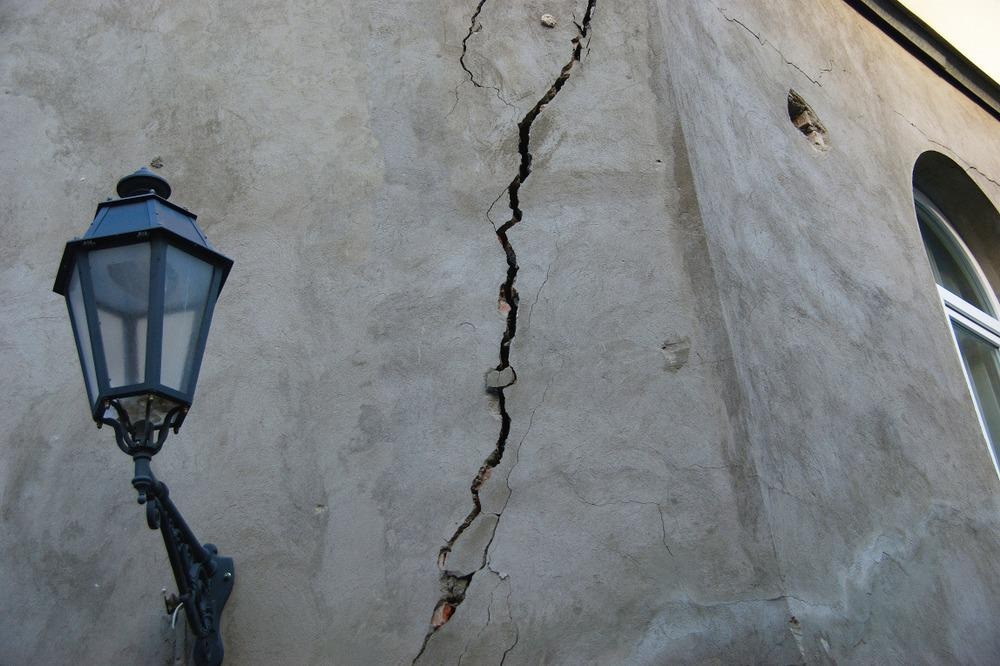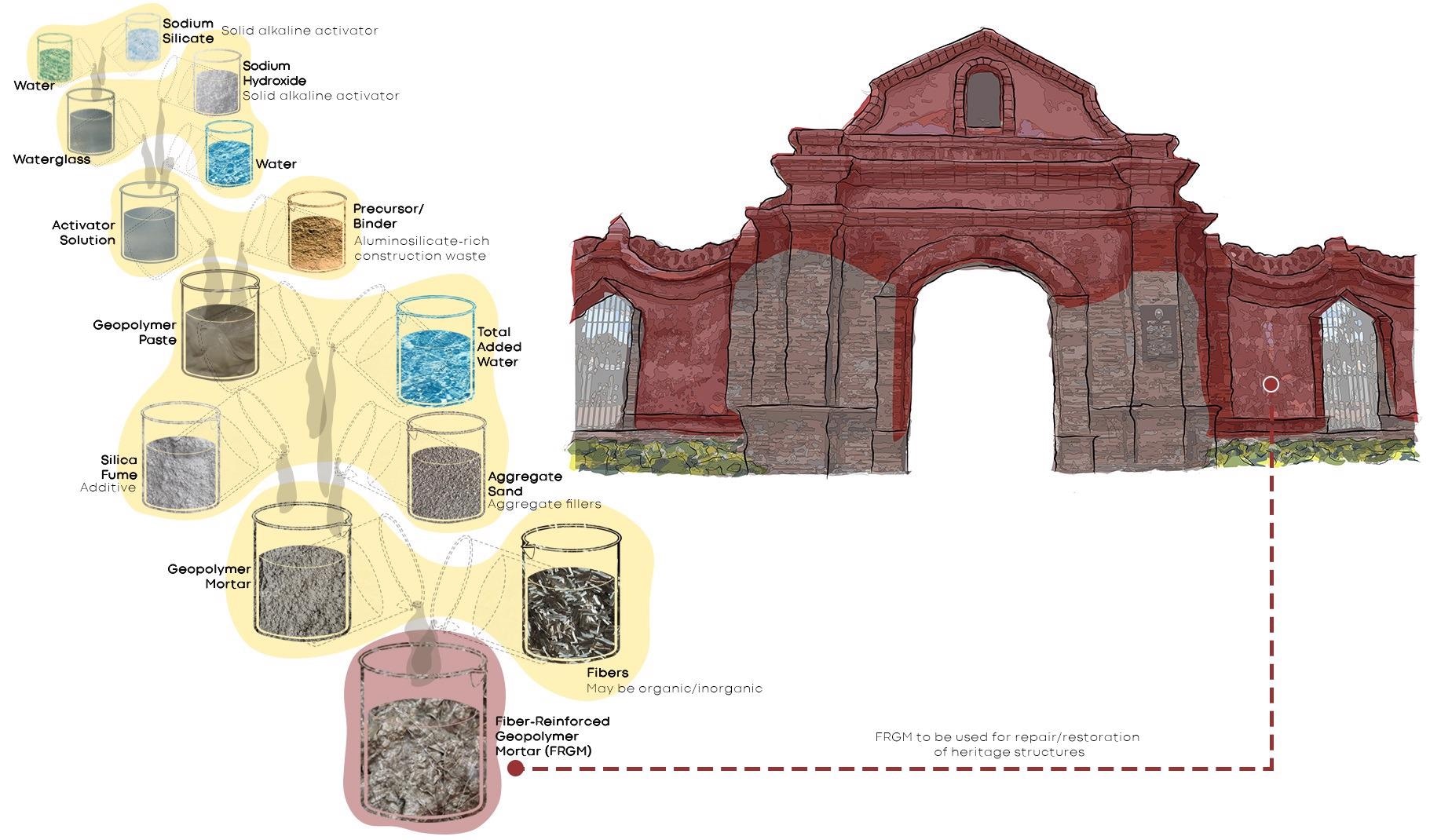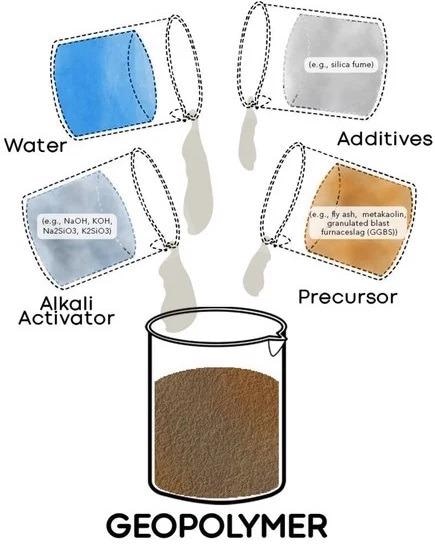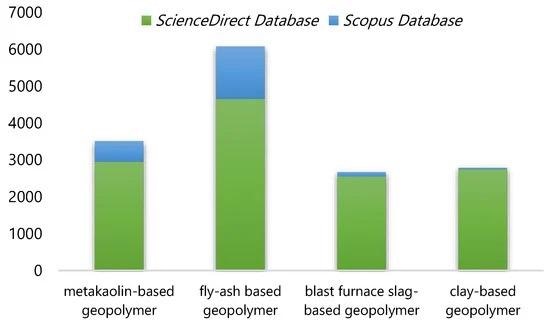A paper published in Buildings has presented research into using geopolymers as a sustainable material to reinforce and restore masonry structures, providing new ways to strengthen these buildings whilst being more sustainable than conventional materials.

Study: Geopolymers as Sustainable Material for Strengthening and Restoring Unreinforced Masonry Structures: A Review. Image Credit: GOR Photo/Shutterstock.com
Current Issues with Unreinforced Masonry Buildings
Approximately 20,000 people per year are killed by earthquakes. Many deaths occur from people being trapped in buildings or killed by falling masonry and façade elements such as parapets. Unreinforced masonry buildings are especially prone to earthquake damage, presenting a risk to occupant’s lives.
Search and rescue operations can be hampered by collapsed buildings, and there are also economic issues associated with rebuilding entire city blocks in areas hit by natural disasters.
Masonry buildings are composed of units. These can be made of different materials such as concrete, stone, adobe, and cobb.
These materials typically display low tensile strength and are only designed to withstand compressive loading. The most common types of damage to masonry buildings are brittle failure, buckling, and crushing. The low tensile strength makes them especially vulnerable to earthquake damage, causing diagonal cracking, sliding, or complete rotation of walls.

Graphical abstract. Image Credit: Abulencia, A et al., Buildings
Additionally, cement using ordinary Portland concrete, which is traditionally used to retrofit and reinforce these structures, has sustainability issues. The manufacture of these materials is resource-intensive and emits harmful greenhouse gases, and the waste at the end of their life creates additional environmental problems.
To solve these problems, researchers have investigated materials that are sustainable and can be used to reinforce structures to protect against natural disasters.
Engineered cementitious composites have been recommended for use by recent studies, such as fiber or fabric-reinforced composites, to replace the ordinary Portland cement in concrete traditionally used to retrofit unreinforced masonry structures and strengthen them against damage.
Geopolymers: A More Sustainable Approach
Geopolymers are chains or networks of mineral molecules that are linked together with strong covalent bonds. Geopolymers have been used in multiple applications such as medicinal applications, high-temperature ceramics, and heat-resistant materials. Geopolymer concrete, where geopolymers are used to replace ordinary Portland cement, have been explored for their use in the building industry.
Geopolymer concrete uses byproducts from industrial waste, reducing the material’s carbon dioxide emissions by 80%. This makes it eminently more sustainable than traditional cementitious composites, reducing the environmental impact of the construction industry whilst strengthening vulnerable masonry structures against catastrophic damage.

Components of geopolymers. Image Credit: Abulencia, A et al., Buildings
Using Geopolymer Concrete to Improve Unreinforced Masonry Structures
In order to explore the potential for geopolymer additives for concrete, a paper published in Buildings has discussed current state-of-the-art knowledge in the field. The paper explores geopolymers and their components, characterization of the materials, the use of these materials for restoration and strengthening of masonry structures, and the application of fiber-reinforced geopolymers.
Previous studies have found that geopolymers have several properties that make them attractive for use as alternatives to ordinary Portland cement as additives for concrete. For example, geopolymer concrete has higher flexural strength and indirect-tensile strength than ordinary Portland cement concrete.
It also has superior thermal stability and exhibits better resistance to harsh environments. Additionally, geopolymers can improve engineering cementitious composites as they have superior mechanical properties and durability than ordinary Portland cement concrete.
Based on the research, the paper concluded that geopolymers have mechanical properties that are comparable or supersede traditional ordinary cementitious materials. The study found that there are few studies on the application of these materials, however.
This limits the characterization of geopolymer’s mechanical and physical properties in respect to their use as construction and restoration materials. Further studies on their properties including chemical interactions, workability, and aesthetic features are needed.
Furthermore, studies on the application of geopolymer concretes are limited to grouting. The study has stated that other application methods, such as jacketing and deep repointing, need to be explored to demonstrate the full potential of the materials for use in retrofitting and reinforcing masonry structures. This will inform the widespread use of the material in the construction industry.

Numbers of articles vs. different precursors used in the search phrase. Image Credit: Abulencia, A et al., Buildings
The Future
There is a pressing need to protect buildings against natural disasters and improve the sustainability of the construction industry. Geopolymer concrete possesses mechanical and physical properties that make it an attractive alternative to traditional concrete, which is environmentally damaging.
The paper published in Buildings has significantly contributed to research knowledge on this material and will inform the future direction of its development and implementation in the construction industry.
Further Reading
Abulencia, A et al. (2021) Geopolymers as Sustainable Material for Strengthening and Restoring Unreinforced Masonry Structures: A Review [online] Buildings 11:11 | mdpi.com. Available at: https://www.mdpi.com/2075-5309/11/11/532
Madhavi, T.Ch. & Rameshwaran, P.M (2020) Geopolymer Concrete - The Eco Friendly Alternate to Concrete [online] nbmcw.com. Available at: https://www.nbmcw.com/product-technology/construction-chemicals-waterproofing/concrete-admixtures/geopolymer-concrete-the-eco-friendly-alternate-to-concrete.html
Disclaimer: The views expressed here are those of the author expressed in their private capacity and do not necessarily represent the views of AZoM.com Limited T/A AZoNetwork the owner and operator of this website. This disclaimer forms part of the Terms and conditions of use of this website.